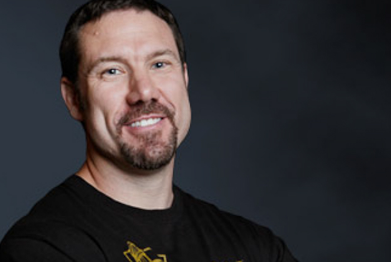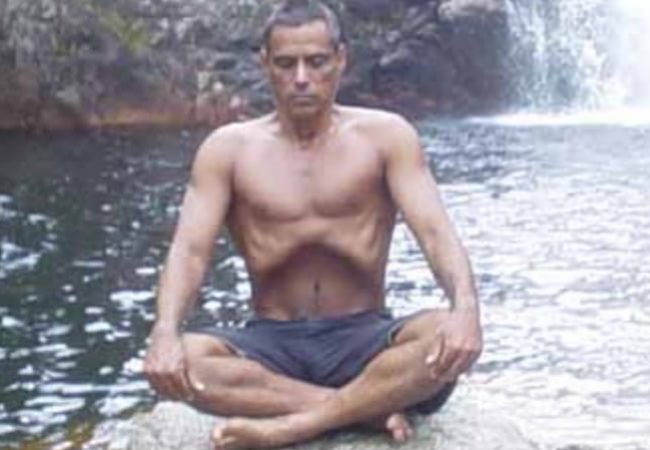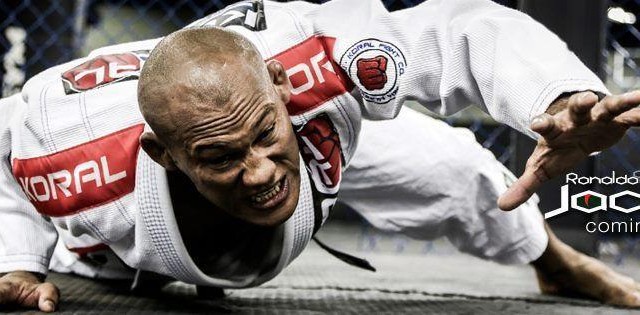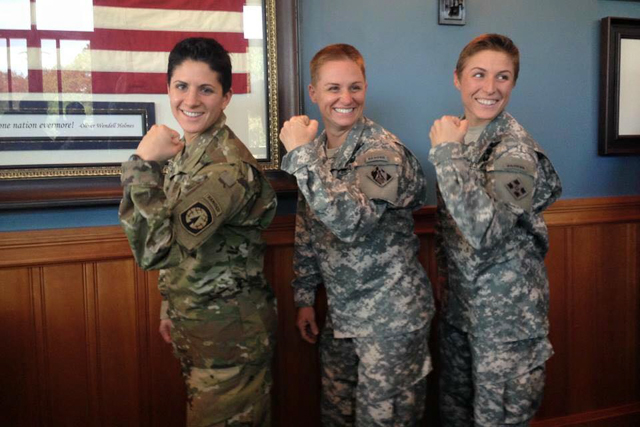
[First published in 2006. Part of the Training for Warriors series, by Martin Rooney*]
Training for Throws
At first glance, someone might look at a jiu Jitsu match, a wrestling match, judo match, and an MMA fight and find it easy to pick out the differences in strategy and rules. In every one of these disciplines, however, there is one similarity that can affect the outcome of every match. Although I have often heard that all of these forms of combat will eventually go to the ground, the more important similarity to recognize is that every one of them starts on the feet! That being said, if there are holes in your standup game when it comes to throws, you are either not going to be successful, or be putting yourself at a big disadvantage. The purpose of this article is to outline the many benefits that working on throws can help your game, and to deliver cutting-edge training methods to improve both strength and technical mastery for common throws used in all these disciplines today.
The importance of having a number of throws at your disposal, or at least one or two throws that you can pull off at almost any time is essential for modern day combat sport success. To illustrate this, I am going to cover 5 common reasons why throws can help your game and give you modern day examples you may be familiar with that will strengthen your belief that throws need to be added to your training regime.
1. Throws can put you in a position to win
There is almost no more famous throw than when Randy Couture threw Chuck Liddell in their first meeting. Randy had stalked the almost untakedownable Chuck and finally in an explosive movement and spirited yell, Randy slammed Chuck to the canvas ending up on top and putting Chuck in an unfamiliar place than we are used to seeing him. This powerful example shows that a throw can be used to take an athlete out of their element and when properly done, you can end up on top and in a powerful position. Randy’s years of Greco-Roman experience is the foundation on which his style was built. Aside from MMA, when you look at wrestling, jiu Jitsu and judo, a throw can also put you in a position to win because now your opponent is behind on points, on bottom, perhaps on their back and scrambling. Anyone who has been behind in a match knows that is not a fun place to be.
2. Throws can be used to change the tempo of the fight
Two fighters out there right now in the MMA game that are crossing over from judo and wrestling are Karo Parysian and Matt Lindland. Karo has reintroduced a myriad of exciting throws that some may have thought were not possible without the gi. Matt has reintroduced the methodical body lock and throw of the Olympic wrestler that just about every fighter he faces has found hard to stop. By being able to throw someone at almost anytime, these two take many fighters out of their game and even if they are gaining an upper hand, and they can use the throw to change the tempo of the match and get back to his game. Only a fighter truly confident in his throwing ability can pull something like this off.
3. A throw can decide the match when it goes to points
Whether it is jiu Jitsu, wrestling or judo, it is easy to see that a throw can decide the match in terms of points or ippon. Judo, after all is often decided solely on the quality of a throw. In jiu Jitsu, wrestling and judo, a last minute throw could be the difference between victory and defeat. Rolles Gracie, whom with which I had been working a lot of throwing training prior to this year’s Pan Am Championships, was ecstatic to call me and tell me he won the gold medal on a Uchi Mata throw at the end of the match. This was a great example of how an arsenal of throws can make the difference. Another example for me, yet more depressing, was Roger Gracie’s controversial loss to Jacare at last year’s Mundials on an controversial throw. Whether controversial or not, however, the moral is that Jacare won the match because of a throw. Understanding that these two examples happened at the highest level of sport, every athlete must add this form of training.
4. A throw can be used to defeat, tire out, mentally break or even humiliate an opponent
When Frank Shamrock knocked out Igor Zinoviev at an early UFC, we should have all understood the power of a throw and how it can spell instant defeat for an opponent. In addition to this, every time you see Matt Hughes pick up an opponent, carry him to the center of the mat or his corner with total control, you can also see how a throw can be used to wear out an adversary both physically and mentally. For a combat athlete to repetitively get thrown each time they are trying to work their game, it can become both tiring and disheartening. Developing this aspect of your game should be essential to call on when you need it.
5. A throw can save you in a fight
For anyone who has ever been rocked by a punch, you know how important it is to regain control. Having a nice throw at your disposal could do just that from a desperation clinch. In the latest popular example of this on the Ultimate Fighter Reality Show, Ed Herman was rocked by a punch from Danny Abaddi, but instead of brawling stunned, he went to his throws, landed a hybrid Uchi Mata and went on to win the match from there.
Now that you understand the value and necessity of throws in your game, you may think the only key is to obviously train throws in the dojo, on the mat, and in the ring. While this is most important, you cannot forget to train the muscles and motor patterns responsible for great throws in the gym too.
Here is a list of 7 exercises that I have used with my fighters to develop the rotational and core strength necessary to execute powerful throws.
1. Physioball Hip Throw
The athlete uses a physioball as a cam and uses a cable to create the torque on the core. The athlete keeps a solid base, makes sure that the shoulders rotate around the hips and uses both a good concentric and eccentric contraction.
2. Physioball Suplex
The athlete begins in a deep squat position with the arm over the ball holding the cable. The athlete then explodes up and rotates to one side as he pulls the ball up an over one shoulder. Then lower back down and repeat.
3. Band Tai Otoshi
The bands are a great method to practice throws on your own. The athlete grips the band as shown and then performed a tai otoshi, returns to the original position and repeats.
4. Band Seio Nage
The athlete uses the band to perform a seio nage and then returns to the original position and repeats. Both band exercises can be used slowly to learn technique with resistance, and can also be done fast for reps and conditioning.
5. Sandbag lift and transfer
The athlete squats down and picks up a sandbag from one box, stands, rotates and places the sandbag on another box and releases. Then the athlete squats back down and repeats.
6. Gi pulls
The gi is a great tool to practice kuzushi (offbalancing essential for throwing) and also strengthens the grip. The athlete can use a number of different grips and pulls the gi in and works footwork of many throws.
7. Rope rotations
The athlete grips the rope and keeps the hands apart. The athlete maintains a solid stance and rotates the shoulders around the hips. A number of different throws can be simulated here.
I hope everyone takes this concept to heart and starts adding more standup to your training sessions. Throws are universal in combat sports and you will someday need to call on your body to deliver one when it counts. Remember, as the old saying goes when it comes to mastering throws, it is not if you get throw 7 times, but if you can get up 8 and keep training.
Now get to work!
* Martin Rooney is the founder of the Training for Warriors system and has trained champion fighters for the UFC, Pride, ADCC and Olympics. His TFW fitness program is used in over 175 facilities in 25 countries around the world. Information about TFW certifications at trainingforwarriors.com.




